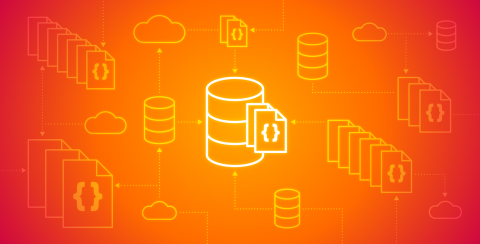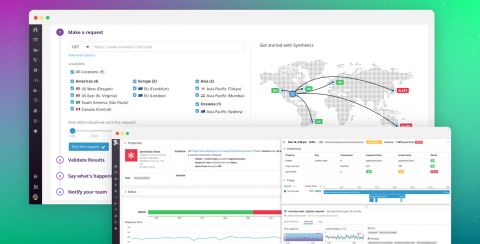Tools for collecting Amazon EKS metrics
In Part 1 of this series, we looked at key metrics for tracking the performance and health of your EKS cluster. Recall that these EKS metrics fall into three general categories: Kubernetes cluster state metrics, resource metrics (at the node and container level), and AWS service metrics. In this post, we will go over methods for accessing these categories of metrics, broken down by where they are generated.











